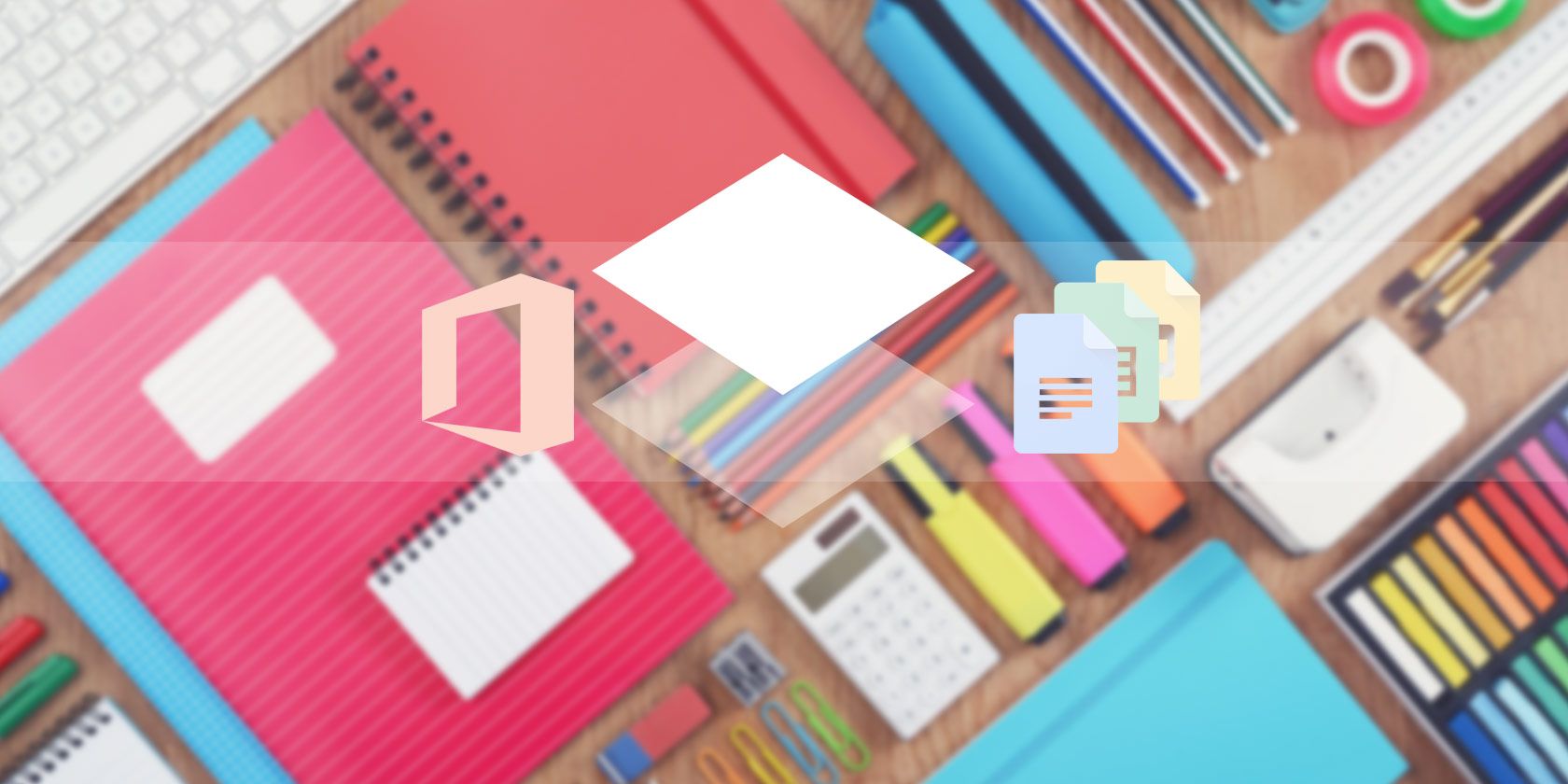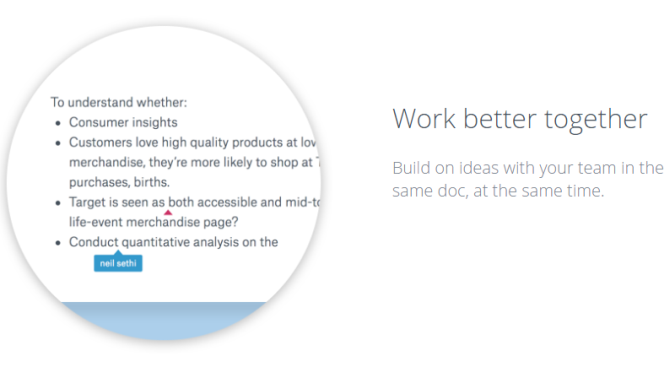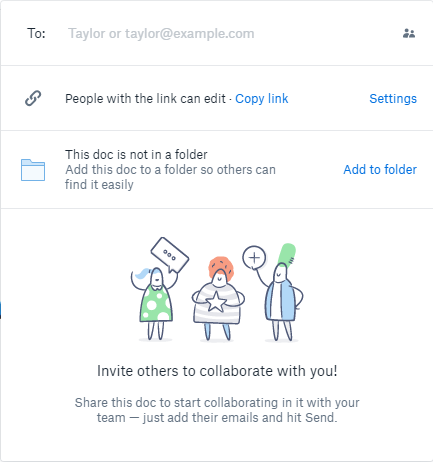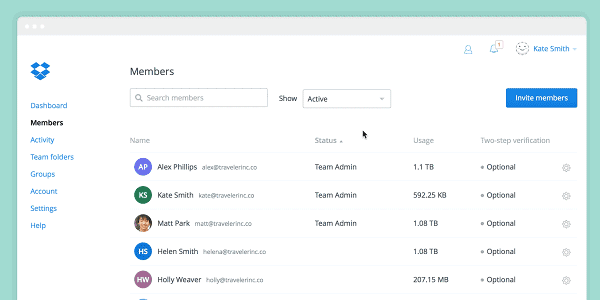Dropbox Paper advances Dropbox from a file sharing and cloud storage service to a collaborative online document editor.
Paper will establish the service alongside other collaborative tools such as Google Docs and Microsoft Office Online and this is a tough market to enter. The established players have strong platforms and a significant number of users. Moreover, a number of services on the peripheries offer excellent services that already rival the big names.
Dropbox Paper has just officially launched. Can it make waves in the collaborative workspace market?
Dropbox Paper vs. Competitors
On first impressions, Dropbox Paper has great potential. With a tagline of "A home for your projects, not just your files," you begin to understand exactly how the next evolution of Dropbox is going shape up. Dropbox has several major contenders in the collaborative workspace arena. In no particular order:
These represent some of the best free options currently available. Alternatively, simple collaborative document editors such as Etherpad are an option, but don't offer a significant range of features. So how does Dropbox Paper stack up against its more established competitors?
What Does Dropbox Paper Do?
Dropbox Paper does several things well, including the following:
Focus on Collaboration
While the everyday office suite user side of me cries out for more fonts, styles, and layout options, the simplicity of Paper is refreshing. Paper can just as easily be a simplistic collaborative notepad at a meeting, as it can be a detailed team planning tool.
Likewise, sharing is extremely easy. Each document has a nice big Share button in the top-right corner. Entering a collaborator's name invites them to the document, or you can enter an email address to invite people into Paper. Similarly, you can make your document discoverable by other members of your team using the "@" feature. If they're not already in the document, they'll receive a notification to come and join in. It is incredibly simple.
In collaborative documents, attribution is important. Thus, Paper automatically displays an author's name alongside their contributions. Furthermore, it's easy to add comments. Once added, comments can continue their own thread on the edge of the document. They also feature Dropbox-designed emoji-stickers you can amuse or frustrate your colleagues with.
Embed, Embed, Embed
Collaborative creators will enjoy the vast range of embeddable content. Paper supports Facebook, Framer, Github, Google Docs, Instagram, Pinterest, Soundlcloud, Spotify, Twitter, Vimeo, YouTube, and more. That's substantial list, even without considering Dropbox's internal integration. You can instantly add any file hosted on your Dropbox account to your document.
Image galleries are another nice embed feature. If you drop a number of images into Paper, the images automatically hustle into a gallery view. It isn't a mindblowing feature, but it is handy if you're using more than a handful of images.
Smart Sync Is Wicked
Dropbox Paper isn't just aimed at regular consumers, like you and I. Paper represents Dropbox making a serious push into enterprise markets. Alongside Paper, Dropbox announced Smart Sync. Smart Sync allows users to manage files as if they were local, using all files and folders available to the local desktop.
It presents an interesting solution to a constant problem: storage space. Smart Sync works across all platforms and is backwards compatible. Meaning all devices and operating systems can take advantage of Smart Sync.
Unfortunately, this feature isn't going to be available for non-enterprise users. Team collaboration is currently center stage. The combination of Paper and Smart Sync give Dropbox chance to grab a foothold among their established contributors.
Serious Security
Alongside Smart Sync, Dropbox has introduced a range of additional security features. Dropbox teams have absolute control over all of their data, team members, and access privileges.
- Permanent deletion -- Set team permissions to prevent accidental permanent deletion of files or folders.
- Unlink a mobile device -- Remotely sign a user out of the Paper mobile app. This is especially useful if a team member loses their phone.
- Invite-enforcement -- Require someone using a company email address on Paper to migrate to your company's Dropbox Business account.
- Membership -- Suspend or delete a user and transfer their Paper docs to another team member.
Just as collaboration is a hot ticket, so is security, and Dropbox has apparently taken it seriously.
Good but Not the Best
Dropbox Paper is a solid new entry to the collaborative workspace market. However, it isn't the best, but it does beat its competitors in certain areas. Let's see how it stands out.
vs. Evernote
Evernote is really geared toward note taking. As such, its text features can feel sparse at times. Paper has an immediate advantage, offering several text editing options. That said, Paper is still limited. There is currently only one emphasis option -- bold -- and we're limited to H1 and H2 tags.
Evernote and Paper are very similar in most other areas, bar actual collaboration. Paper's real-time collaboration and comment threads easily trumps Evernote's Work Chat feature.
vs. Google Docs
Google Docs' collaborative credentials are well established, and it is the go-to tool for many home users, as well as businesses. Paper has bundles of potential, but Google Docs is a fully-fledged multi-user editing environment. If you're doing any work that requires substantial formatting, you have to choose Google Docs.
Google Docs is a direct Microsoft Office competitor, and that really shines through. I don't want to detract too much from Dropbox Paper, because I think it could implement additional formatting options down the line. And in other areas, such as embedding rich media content, Paper could teach Google Docs some important lessons. But right now, despite Paper looking sublime, the substance is with the established product.
vs. Microsoft Office Online
Paper encounters similar barriers when compared to Microsoft Office Online. The online office suite is packed with editorial features. As well as this, you have access to the majority of Microsoft Office. You'll find Microsoft Office much better suited to the creation of detailed documents that require significant amounts of formatting. Furthermore, the collaboration options are more advanced too.
However, and again similarly to Google Docs, Office Online cannot compete with Paper in terms of embedded media, and is a strong competitor in terms of wider integration.
vs. Nuclino
Nuclino is one of my favorite new collaborative workspace tools. Comparatively, Dropbox Paper is very similar to Nuclino. The latter makes good use of a clean aesthetic, internal smart tagging, using @ to call other collaborators, and easy document sharing. Adding to Nuclino's pull are slightly expanded text editing functionality, and a graph function that displays your team's collaborative document as collections of bubbles.
If your team doesn't require the additional embed features Paper offers, Nuclino ticks many, if not all of the same boxes.
A Photo Finish?
Dropbox Paper has potential. Most of all, the excellent embedding and integration features, clean and open design, and resolute file management tools provide a solid foundation for Dropbox's collaborative workspace tool. It currently works as a lightweight note-taking collaborative tool. However, if it wants to truly compete with Google Docs, I think Paper will have to offer a little more editorial functionality.
Most importantly, it clearly illustrates where Dropbox is heading in the near future.
Have you used Dropbox Paper? How does it shape up to your favorite collaborative workspace? Would you make the switch to Dropbox Paper? Let us know your thoughts below!
Image Credits: Twin Design/Shutterstock






